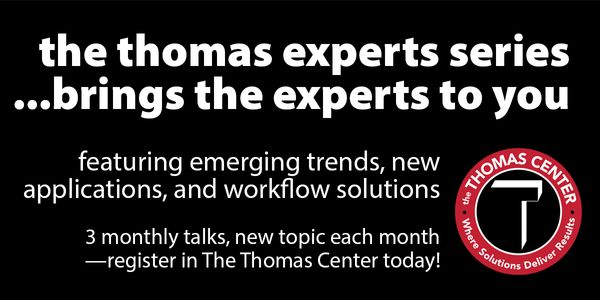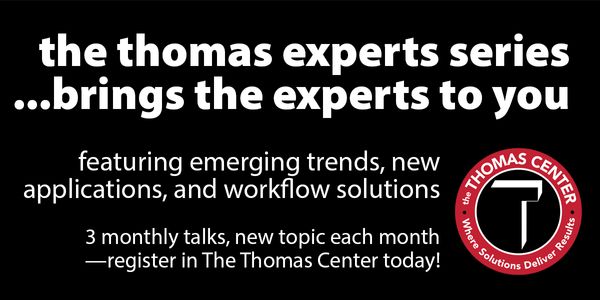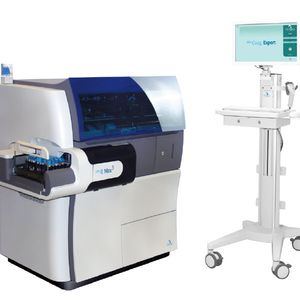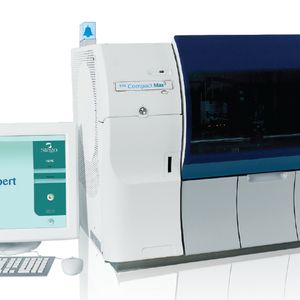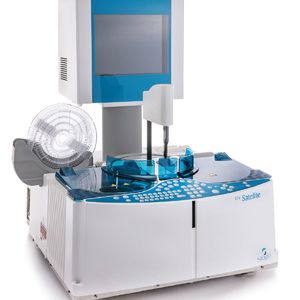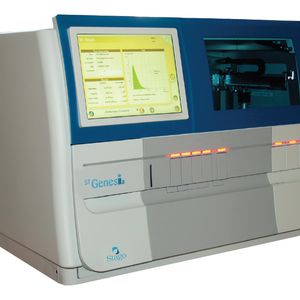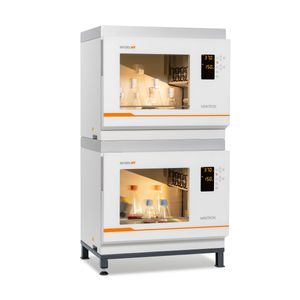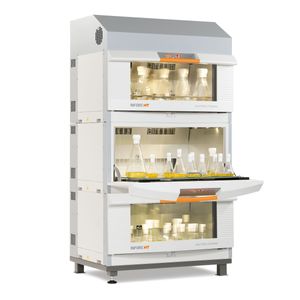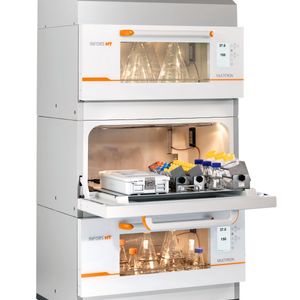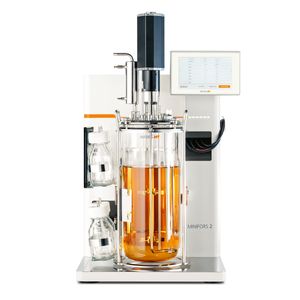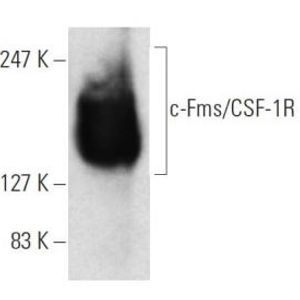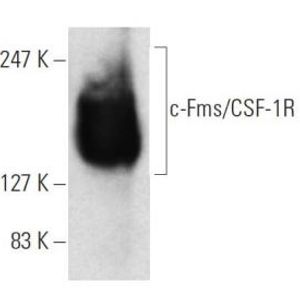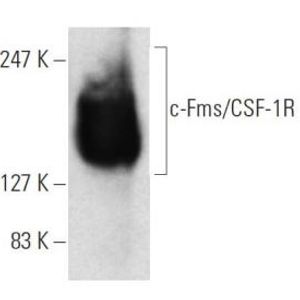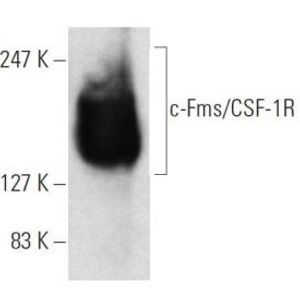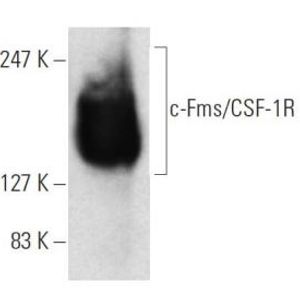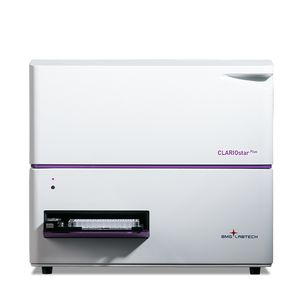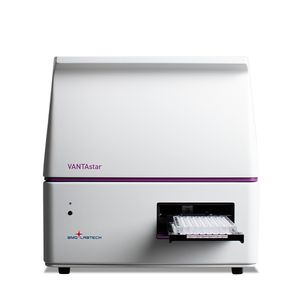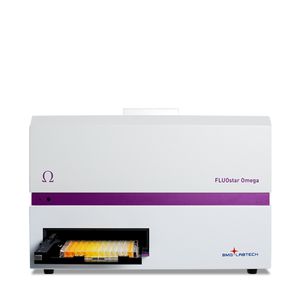Health & Medicine Webinars
Learn about the latest medical breakthroughs by participating in webinars on topics surrounding disease, prevention and treatment in accordance with the latest research in health and medicine. Updates encompass a biological, psychological and sociological understanding of health.
Show More
-
SEP 26, 2023 | 11:00 AMMulticolor flow cytometry is beneficial because it allows us to gain deeper insights from a given biological sample, with fewer repeat markers in each tube and quicker results. In this three...
-
SEP 26, 2023 | 9:00 AMAlamar NULISAseq is a novel commercial platform for highly multiplexed analysis of soluble proteins using a modified proximity ligation assay. We compared Luminex, Olink, and NULISAseq platf...
-
SEP 26, 2023 | 8:00 AMJoin us for an educational webinar that delves into the fascinating world of Extracellular Vesicles (EVs) and their impact on biomedical research and medicine. In collaboration with ExoVecto...
-
SEPTEMBER 21, 2023 3:00 PM ETMP Biomedicals food testing and plant research solutions using SafTest and FastPrep systems....
-
SEPTEMBER 21, 2023 2:00 PM ETDue to the complexity of cannabis product matrices, sample preparation for cannabinoid testing is very challenging. Accurate extraction and analysis......
-
SEP 21, 2023 | 8:00 AMC.E. CREDITSAs the opioid epidemic continues to claim lives and devastate families across the nation and world, we recognize September 21, 2023 as opioid awareness day. Opioids are analgesics with high...
-
Today, the majority of cell biology operations are carried out manually, even though the core steps are highly reproducible. Staff are expected to conduct repetitive tasks for hours each day...
SEP 20, 2023 | 11:00 AM
C.E. CREDITS
Preanalytical errors and unsuitable samples can account for up to 70% of lab errors. 1 These errors can be attributed to improper specimen collection, specimen transportation, and specimen p...
In vitro cell models constitute a crucial step in the preclinical research. Their wide applications in basic research, toxicology, immunology......
In clinical laboratory settings, tests for coagulation factors are regularly run to test for inherited or acquired deficiencies in patients suspected of ongoing bleeding risk. Available test...
SEP 20, 2023 | 9:00 AM
Adeno-associated virus (AAV) are increasingly produced as they hold tremendous potential in gene therapy. At research level, small quantities are produced for proof of concept studies. Howev...
Extracellular vesicles (EVs) are lipid-bilayer enclosed nano-sized vesicles that are released by all cell types and found in all bodily fluids. EVs are emerging as important regulators of bo...



